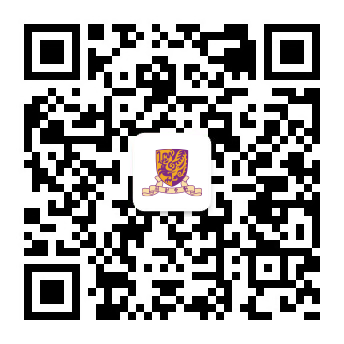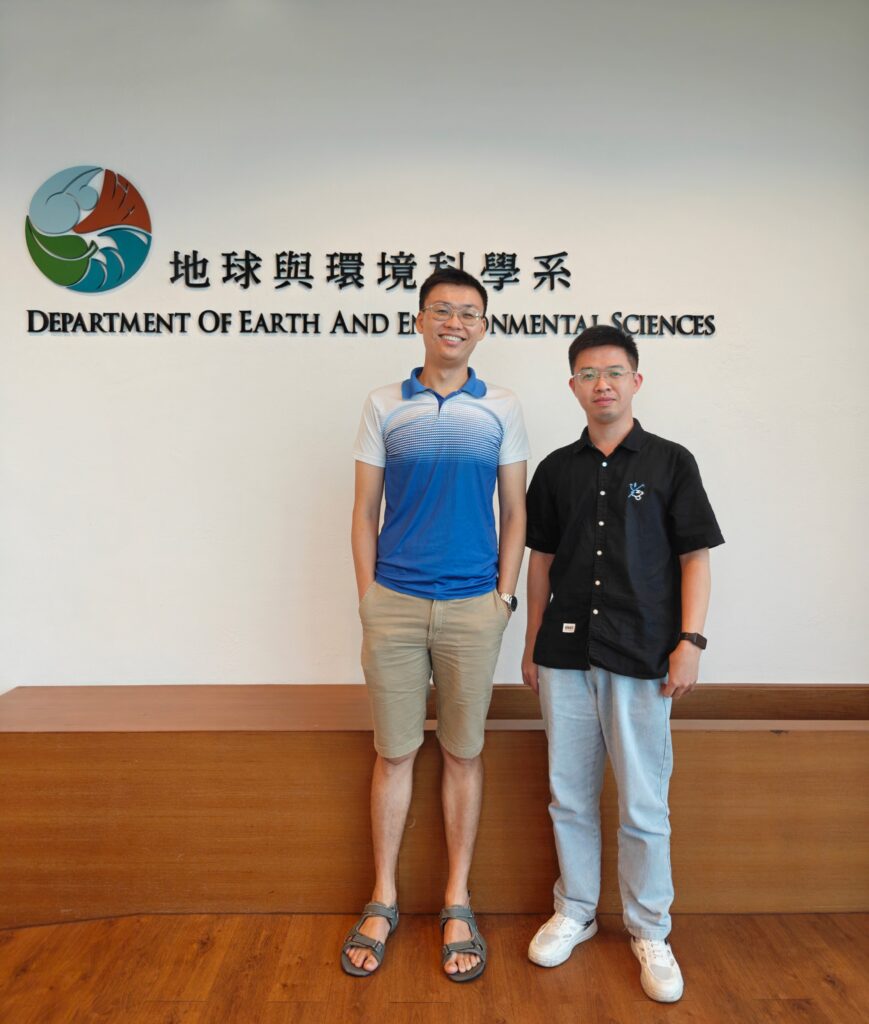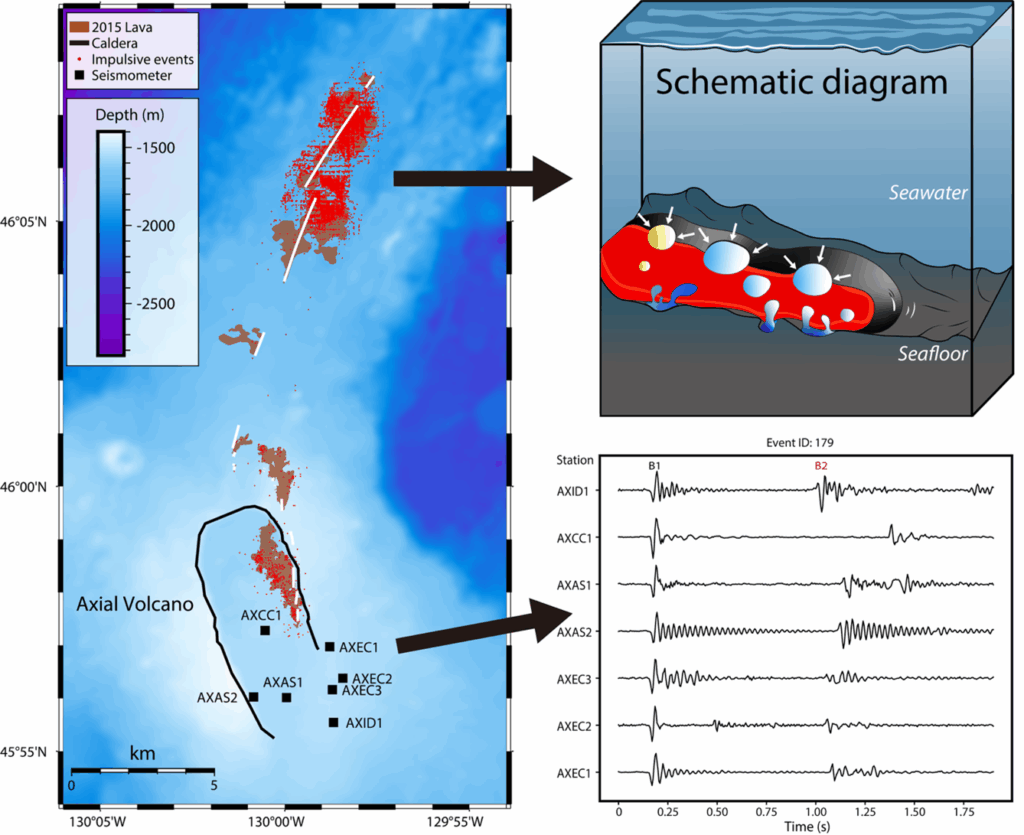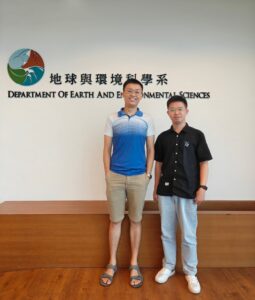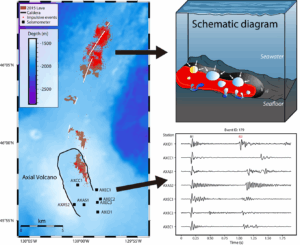CUHK
News Centre
CUHK research team reveals the origin of popping sounds from submarine volcanoes
New acoustic tracking advances submarine eruption monitoring
A recent study by the Department of Earth and Environmental Sciences at The Chinese University of Hong Kong (CUHK) has for the first time uncovered the origin of the distinctive popping sounds produced during submarine eruptions. Contrary to previous hypotheses that these sounds stem from volcanic gases or fracturing lava, the research reveals that they are generated by the implosion of bubbles created when lava interacts with seawater. These sounds can be detected tens of kilometres away by underwater hydrophone and seismometers. The discovery offers a new method to remotely track lava flows and unveils the dynamics of global submarine volcanism. The team’s findings have been published in the prestigious journal Science Advances.
The hidden challenge of submarine volcano monitoring
Submarine volcanoes are primarily located along mid-ocean ridges, hotspots and island arcs. Due to the inaccessibility of the deep-sea environment, their eruptive mechanisms remain poorly understood. Of nearly 10,000 confirmed eruptions worldwide, only about 3% occur beneath the ocean and are documented. Traditional monitoring methods such as satellite imaging and remotely operated vehicles are costly and limited in coverage, making real-time tracking difficult. As a result, developing more accurate remote monitoring techniques has become a key focus for the scientific community.
Unlocking the popping mystery
Led by Mr Wang Peifeng, a PhD student supervised by Professor Tan Yen Joe in the Department of Earth and Environmental Sciences, the team analysed more than 20,000 impulsive signals recorded during the 2015 eruption of the Axial Seamount off the west coast of the United States. By combining seismic waveform analyses, heat transfer modelling and geological observations, the researchers identified the source of these impulsive sounds: hot lava rapidly vaporises surrounding seawater, forming bubbles that implode under the immense deep-sea pressure, generating distinctive waves similar to the crackling sounds of tofu frying in hot oil.
Mr Wang explained: “For years, scientists debated whether these signals came from volcanic gases, fracturing lava or chemical reactions. Our research shows that most signals are generated by bubble implosions from vaporised seawater, not from gas release, resolving a long-standing scientific puzzle. These implosions are like underwater popcorn or firecrackers, each marking a violent interaction between lava and seawater.”
The study also found that eruptions occurring deeper than 3,000 metres produce far fewer popping sounds, as the extreme pressure suppresses seawater vaporisation and reduces bubble implosion frequency and intensity.
A new direction for remote submarine volcano monitoring
This discovery provides a low-cost and widely applicable tool for monitoring submarine eruptions remotely, with major implications: 1) it enables real-time tracking of underwater hazards, helping forecast volcanic risks to trans-oceanic cables, shipping and coastal communities; 2) it enhances global volcanic records, mapping hidden lava flows and addressing gaps in existing eruption data; and 3) it advances ocean science, deepening understanding of how submarine eruptions shape seafloor landscapes and ecosystems.
Professor Tan remarked: “We have discovered that by simply listening to the ocean, we can trace the evolution of lava flows over great distances. This offers a monitoring capability that was previously unimaginable.”
The team plans to extend this approach to more submarine volcanoes and work with international ocean observatory networks to establish a more comprehensive real-time underwater acoustic monitoring system. With the continued development of cabled seafloor arrays and autonomous hydrophone technology, scientists may soon achieve global acoustic tracking of submarine eruptions, much like satellites monitor volcanic activity on land.
The research was funded by the Croucher Foundation and was completed in collaboration with researchers from the North Carolina State University, the University of Washington, the Columbia University and the University of Hong Kong. The full text of the paper: https://doi.org/10.1126/sciadv.adk3942
Popping sounds from submarine eruptions via acoustic monitoring

